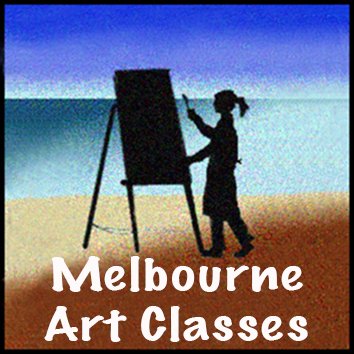drawing noses
I like to think of a nose in 6 parts, the main skill is to refine those parts according to the angle of view and the individual features.
Those 6 parts are: a circle at the tip of the nose, two smaller circles on the side where the nostrils will go, the front vertical plane and the side planes
When inventing a nose….
I imagine a triangle with the top cut off, then I estimate the nose tip with with a circle and position two smaller circles overlapping it (as the head turns, the far smaller circle overlaps more and more under the larger circle, until it is not seen in full profile)
Then I start to refine the circles and start to erase
construction lines, before deciding on a light source
and start to shade lightly
People with long hook noses may start off with a
vertical oval instead of a circle, African, Koori and
Asian noses may start with a horizontal oval
In a side view, the far little circle does not appear in the full profile
Some other things to observe carefully if drawing a nose in a portrait are the profile line from the bridge to tip, any curves or bumps, the height of the bridge between the eyes, the angle and size of the nostrils, the shape of the tip as it attaches below the nose, in a 3/4 angle or similar, how much of each nostril can you see
As for full shading of the nose, it is best to save that practice for when you are drawing a whole face with an established and clear light source, and dont forget to show (and even exaggerate) some reflected light on the bottom plane of the nose tip. This all helps with the 3D appearance.
If you are ever drawing a child's nose, note that they are invariably shorter and get the nickname 'button nose' because the round tip is often quite soft looking and cute
Below are some great noses to use for practice














